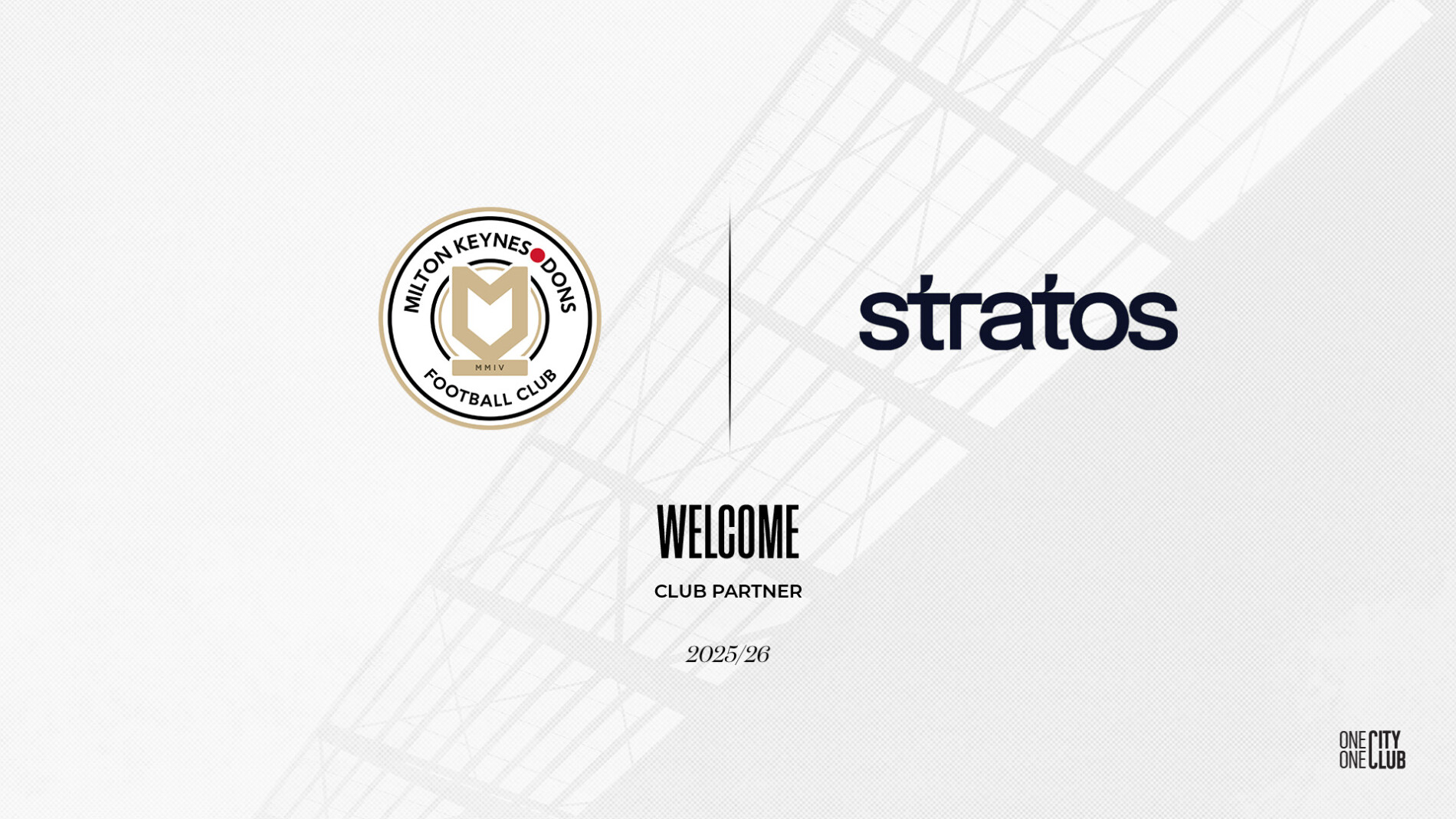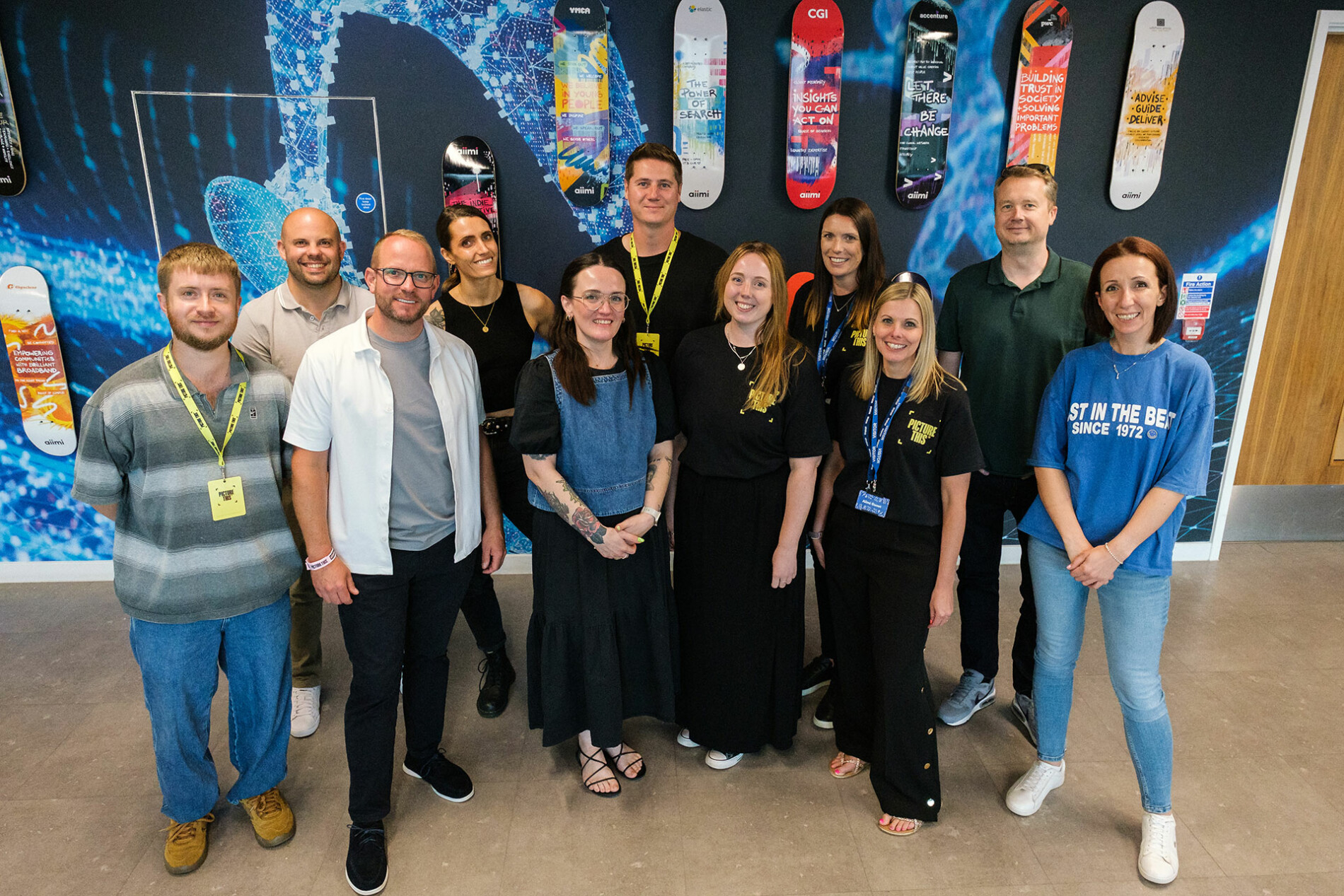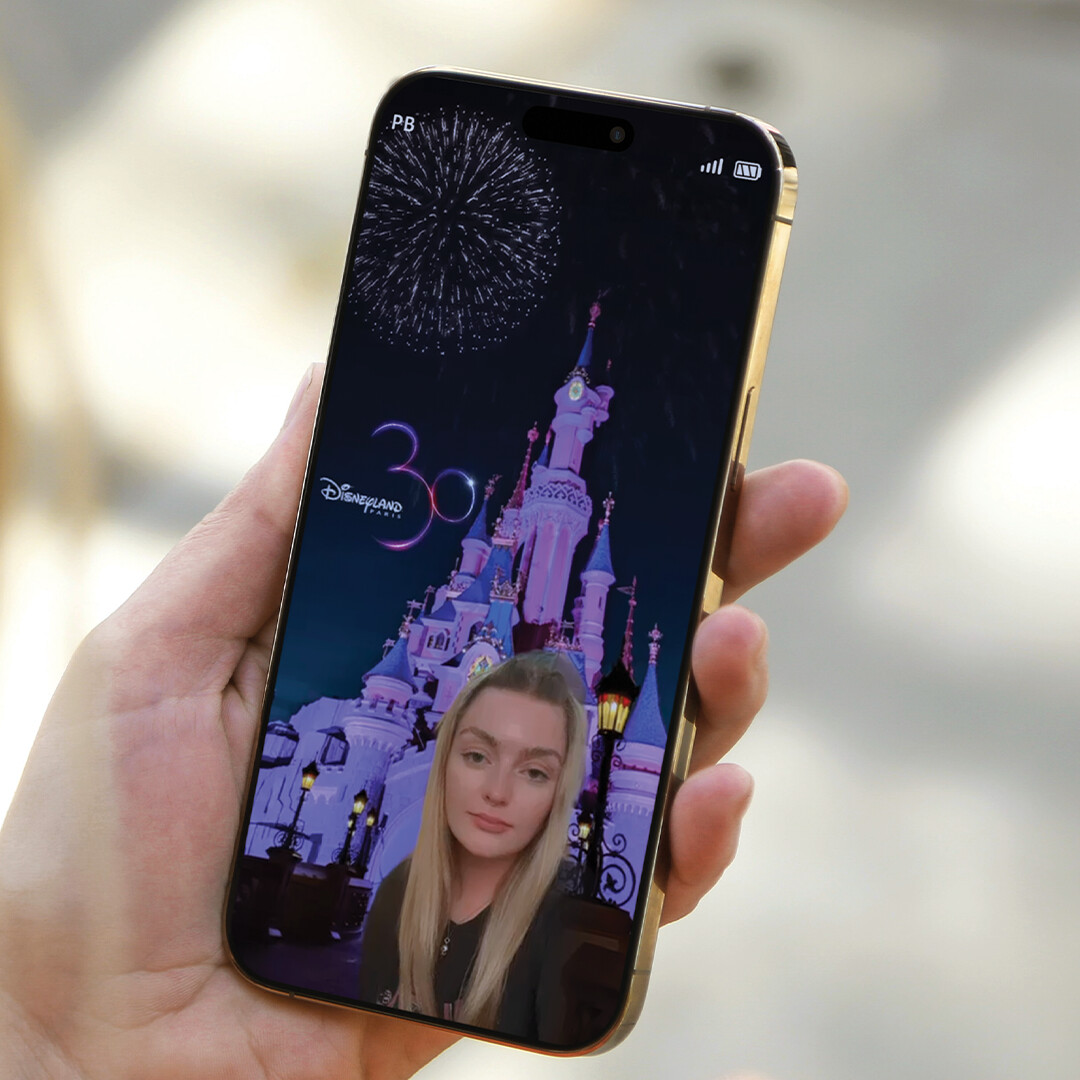It would be wrong to assume one approach will impact all of your markets. Every strategy tends to be agile, with room for flexibility across diverse markets and demographics. But how often do we really delve into those generational categories, at a fundamental level? We’re talking about the ‘Gen Zs’, the ‘Millennials’ (older and younger – there’s a difference, we’ll explain later), ‘Gen Xs’ and not forgetting, of course, the ‘Baby Boomers’.
Let’s start with a breakdown of who sits where:
Generation Z
Born during: 1996-2015
Millennials
Born during: 1977 – 1995
Generation X
Born during: 1965-1976
Baby boomers
Born during:1946-1964
Generational cohorts are defined by their birth year, but generational differences impact the way people think, behave and act, and even their values and morals. Depending on the time you were born and raised, there are likely to be huge disparities in the way you are influenced and persuaded compared to other groups.
When it comes to marketing and communications, segmenting your audiences based on age will be hugely important in delivering the right message at the right time, and in the right place!
In addition to the nuances that define each generation, familiarising yourself with their distinguishing values will inform and strengthen your digital marketing strategy.
So let’s talk about those!
Generation Z
Generation Z are the youngest of the groups and perhaps the most complex. Born into a world where mobile phones and constant connection were the norm, generation Z are the most digitally literate yet.
While they spend much of their time on their devices, they tend to be the most private and sceptical of the groups. They’re on a search for authenticity and will champion freedom of expression, diversity, and brands that truly understand their needs. It’s also important to note that they’re comfortable with cross-referencing a number of different virtual platforms but tend not to share as much of themselves compared with other generations.
Gen Z, along with millennials, are perhaps most likely to favour influencer content and UGC (user-generated content). But the airbrushed, filtered Instagram influencer we once knew is no longer impacting generation Z. Since they place so much value on authenticity, platforms such as TikTok and Youtube are the stomping ground for today’s young-ens, and influencers they can relate to will hold the most power. TikTok and Youtube are highly visual, with short-form and easily digestible content.
Gen Z hold strong values and are passionate about expressing their authentic identity, away from the normal stereotypes. Gender fluidity and the celebration of minority groups are important to generation Z. Outside of that, they hold strong ties to environmental issues and are in touch with sustainability initiatives. Naturally, they will look to both brands and employers who hold those same values.
Gen Z will be quick to catch on to anything too forced, so be gentle in your approach and favour authenticity, or risk appearing out of touch.
Takeaways
- Connect to gen Z values, such as diversity of expression, authenticity, ethical production and sustainability etc
- Prioritise highly visual, short-form content
- Always optimise for mobile
- Don’t be afraid to use colloquialisms, slang, and emojis
- Experiment with user-generated content
- Always remain agile
- Involve Gen Z employees – they may be juniors and interns, but their input will be hugely valuable!
Millennials
Millennials are the most lucrative of all cohorts. While many have not reached their full buying power, it still outweighs that of other generations.
But the notorious ‘job-hoppers’ of today aren’t shy of brand-hopping either and will switch between brands if they’re not satisfied. What does this mean for digital marketing? Marketers need to do more to maintain brand loyalty among the millennial generations.
Millennials are perhaps the most positive about the internet out of all generations, with 73% saying the internet has been a good thing for society. So it’s no surprise they are constantly connected. Millennials switch between devices, spending time on their mobile devices and desktops. But they are more likely to be impacted by inbound marketing tactics as opposed to outbound.
There are some overlaps with generation Z, but because of the time they were born, the millennial cohort experienced the evolution of the internet in different stages.
Older millennials weren’t introduced to the internet until their teens, while younger millennials were playing on mobile devices from as young as 7 years old.
The younger proportion of the millennial group (aged 25) are more likely to be open to influencer and UCG content, favouring visual, shorter form content, but older millennials (late 30s to 40s) are going to have greater buying power and a different relationship with the internet. Older millennials want to feel as though the content was created for them, with their specific needs and aspirations in mind. Educative, informative content will work well, including video content and tutorials. Helping to build relationships will be key to maintaining loyalty among millennials prospects and customers.
Takeaways
- Visually led content
- Tailored, educative inbound content rather than intrusive outbound tactics
- Loyalty schemes and nurturing techniques to maintain loyalty
- Optimise for mobile devices as well as creating great desktop experiences
- Focus on relationships
- Segment between older millennials and younger millennials to define the right platforms
Generation X
The pocket of individuals between millennials and boomers are not to be overlooked.
While small, their buying power is still influential. 95% of generation X are active on Facebook. But their relationship with social media is well…social. They tend to use Facebook to keep up with friends and relatives, share their own content, and interact with others. You might think that Facebook is a great place to market to them, but you could be highly mistaken.
Generation X have a preference for traditional marketing but they still use the internet for research into brands and businesses. Gen X are likely to be influenced by social proof and will use Google to ascertain the authority of a business. For this reason, focus on providing reviews, social proof, testimonials, gathering backlinks and a strong SEO presence to improve your reputation among Gen Xers.
Takeaways
- Focus on building a strong SEO presence and optimising for search
- Prioritise social proof and reviews
- Build up backlinks and provide citations and valuable links in content
- Write informative and valuable content to help tap into their research needs
- Consider traditional marketing tactics such as printed media and direct mail
- Don’t intrude on their social media feeds!
Baby boomers
A far cry from the Gen Zers, applying the same techniques to these audiences could set you back and damage customer relationships. For example, while Gen Z won’t blink an eye at brands that use colloquialisms and emojis, boomers are likely to see them as distasteful and unprofessional. This is a huge consideration for your content writing and copywriting.
Just 1 in 4 ‘baby boomers’ uses a mobile device to access the internet while 31% use a laptop or PC. Accessibility will be a huge area of consideration for baby boomers. They’re not as accustomed to reading from small screens and are more likely to enlarge text if they do. Steer clear from calligraphic fonts that could impact readability and use contrasting backgrounds for ease of viewing.
But, don’t be fooled into thinking baby boomers shy away from reading online. Boomers tend to be affluent, with big-spending power, and they’re a huge market. But they’re not quick to part with their money. They will take the time to buy, ensuring they research and read up on a product or service before making an informed choice. Informative content, such as blogs and eBooks, and even testimonials will help drive purchasing decisions and answer their queries.
In terms of their values, boomers are cautious with their hard-earned cash, are health-conscious, but they embrace technology and value the internet for keeping them connected to younger generations and family members. Just like their neighbouring generation X, they spend a lot of time on Facebook but will use search engines to research and find answers to their burning questions.
Takeaways
- Optimise for search
- Prioritise reliability and accessibility
- Informative, comprehensive, long-form content
- Market research/ focus groups could be valuable in defining this group even further
- Use proper English – avoid slang, colloquialisms and emojis
It’s important not to get too caught up in age-based differences, but really delve into the demographic, attitudinal and behavioural characteristics that define each cohort. Spending some time identifying the nuances between your audiences through market research and data-driven insights will help build a clear picture of what each cohort expects to see when it comes to communications, platforms and devices.











